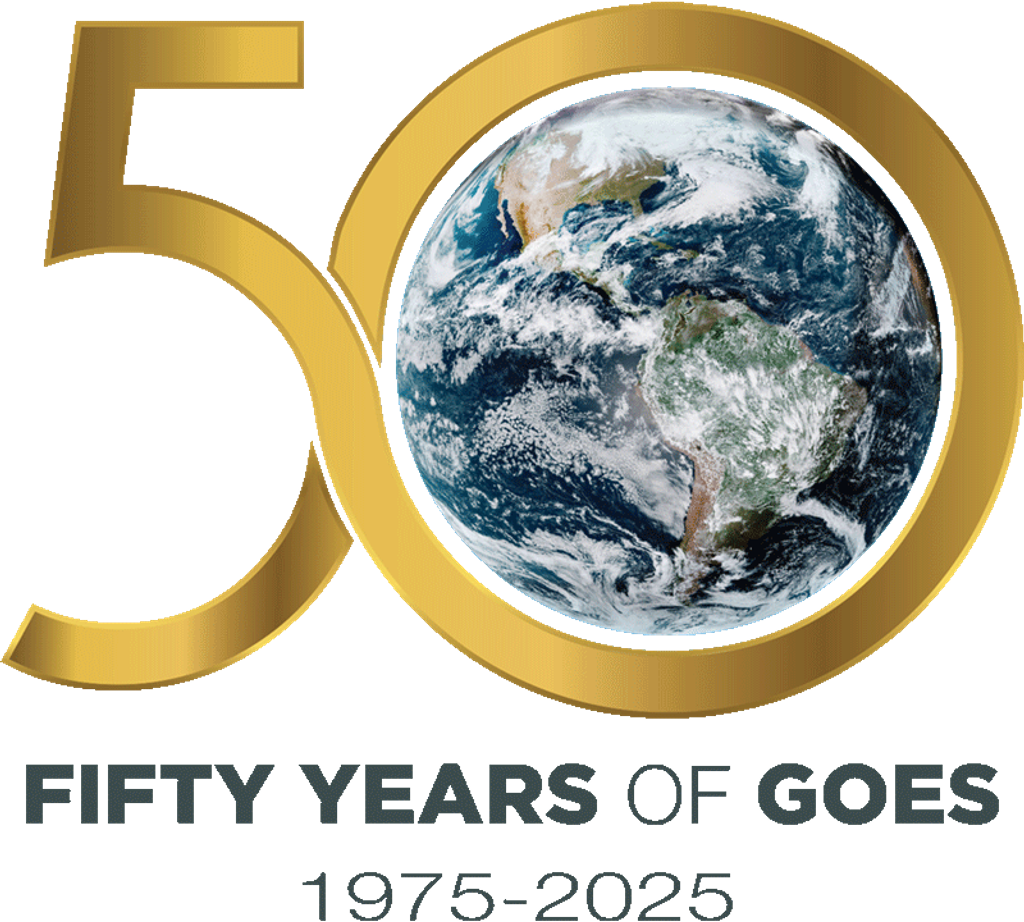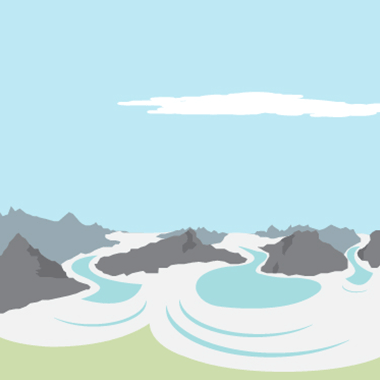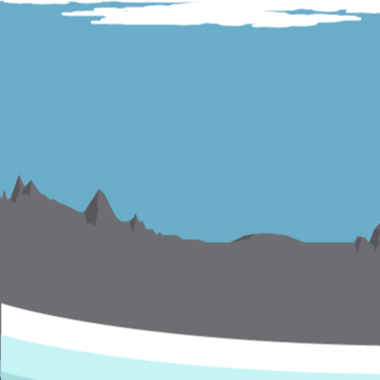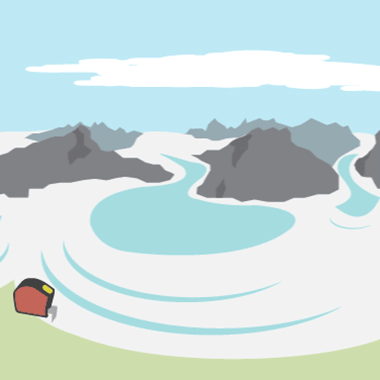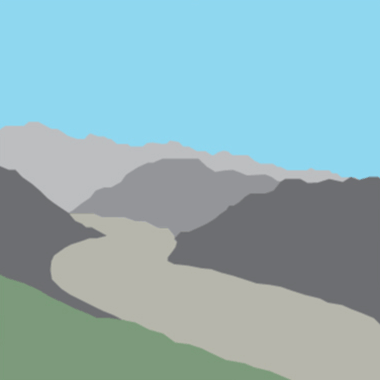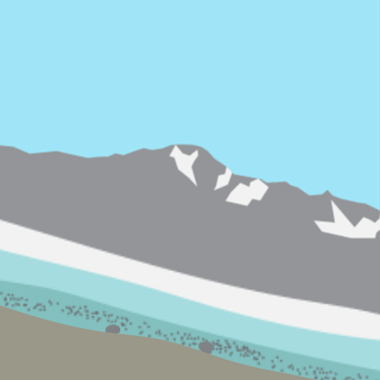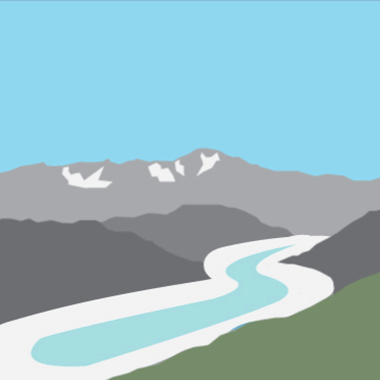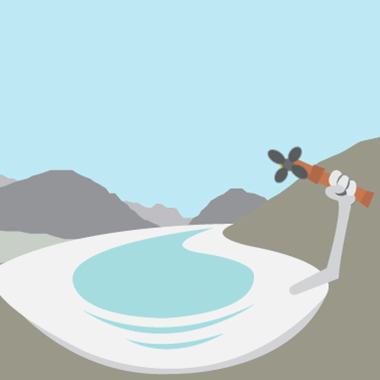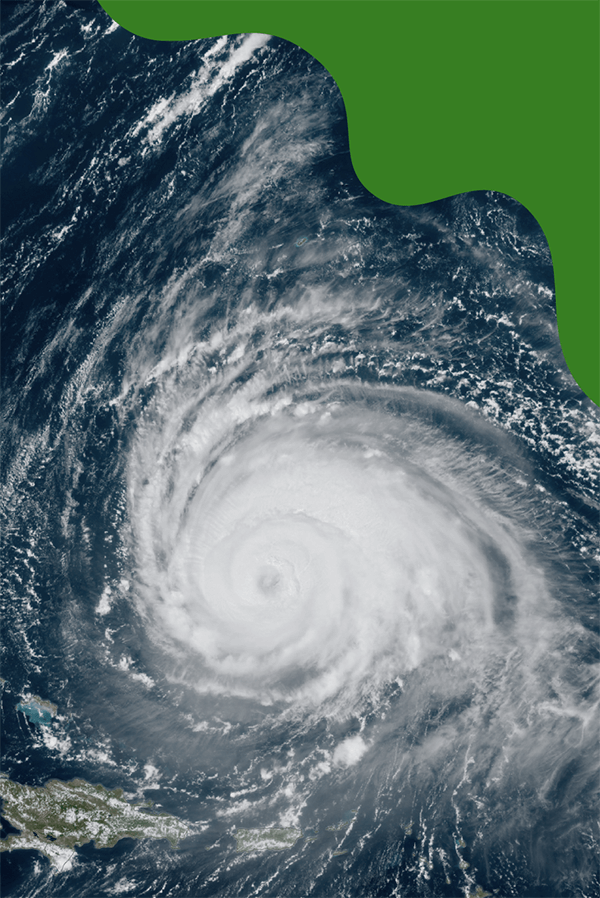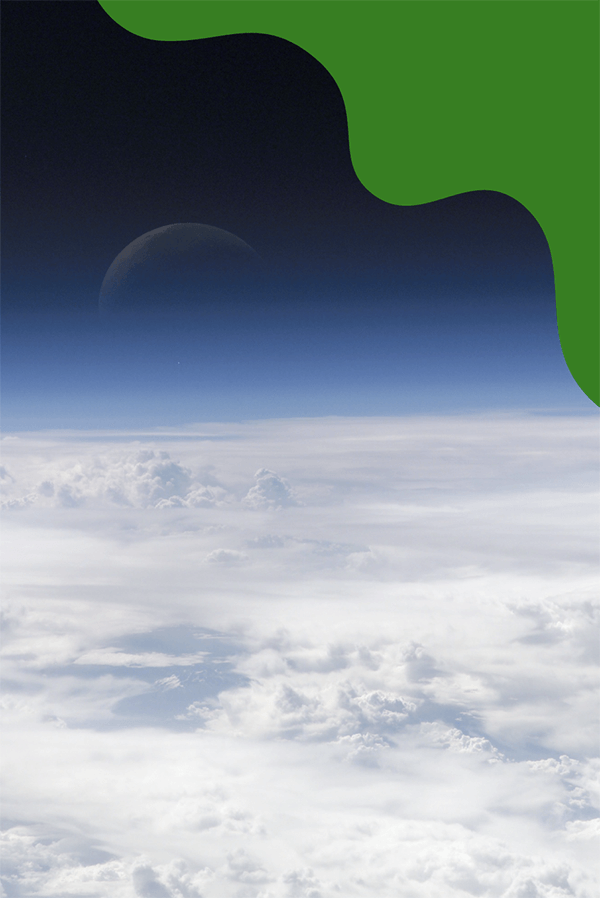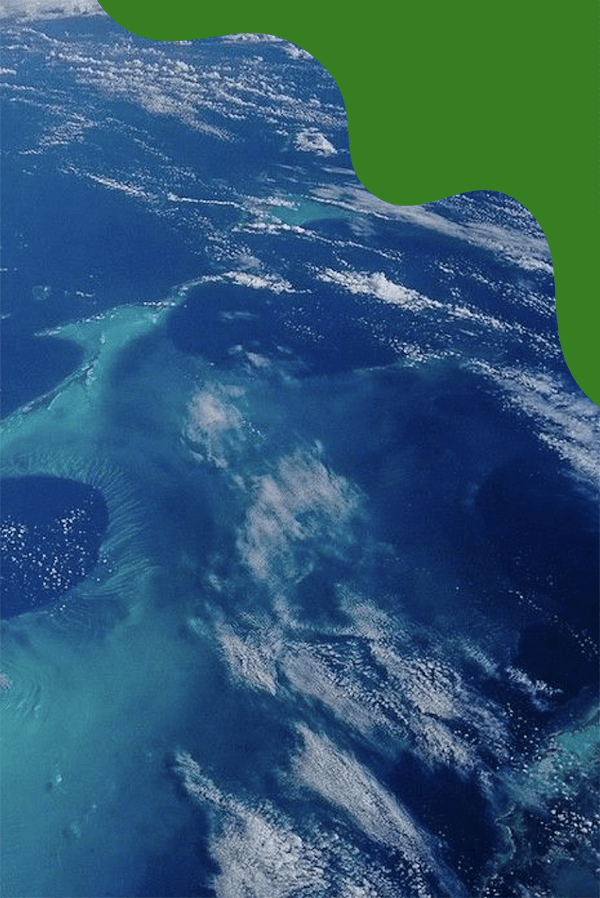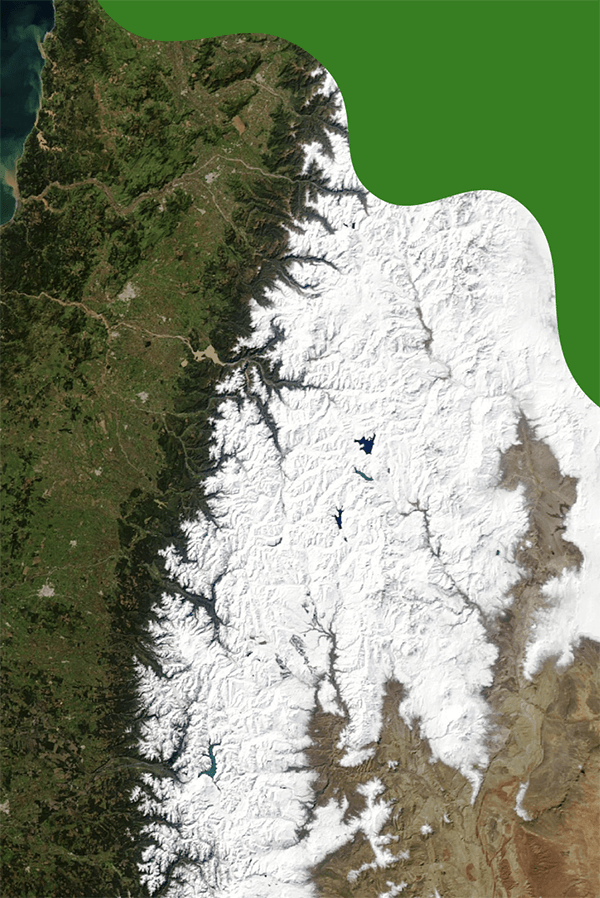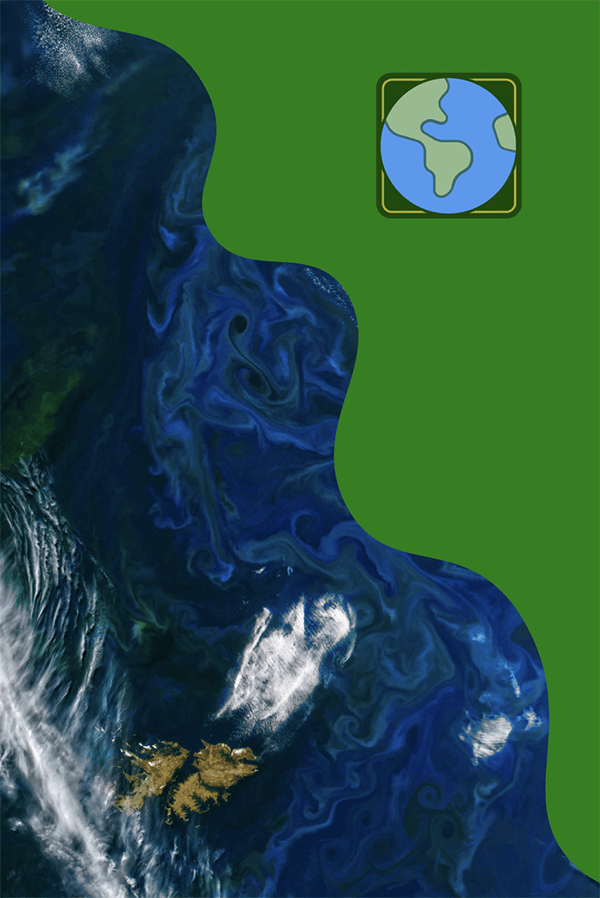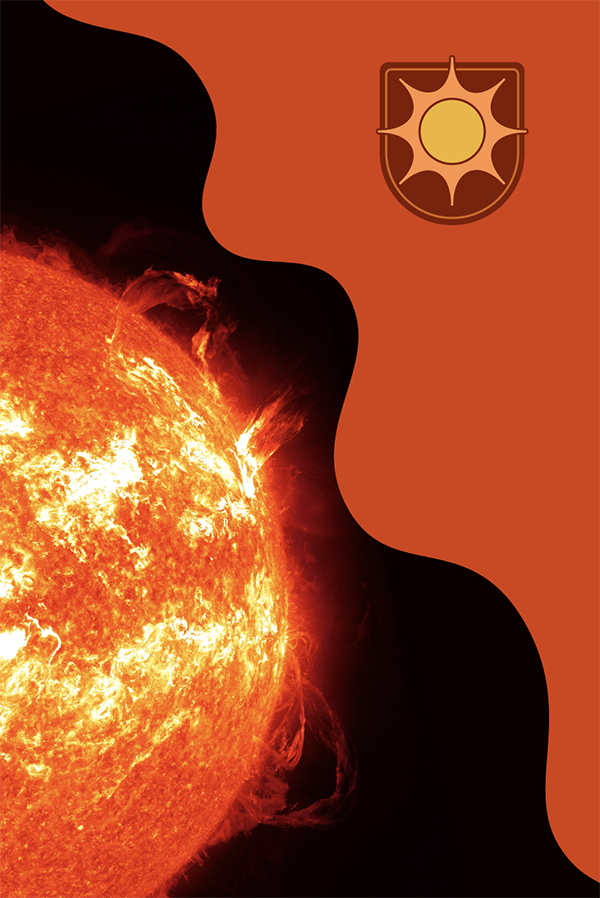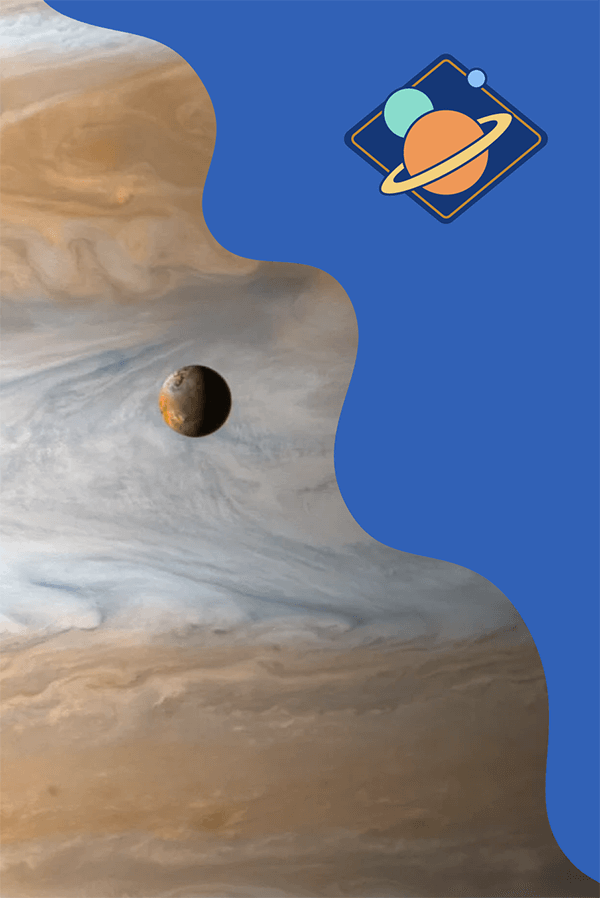

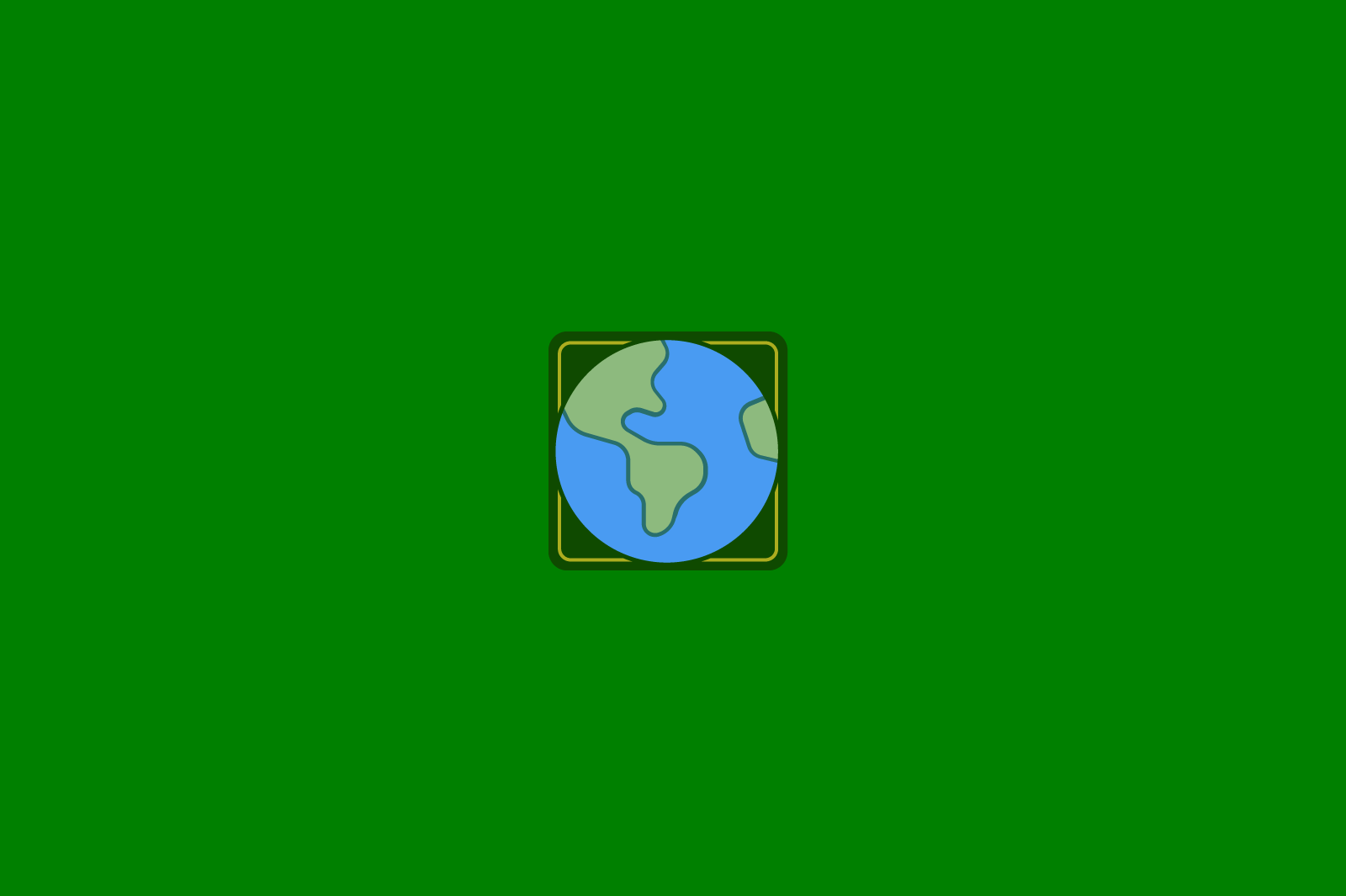
10 Interesting Things About Glaciers
NASA keeps a close eye on glaciers
NASA uses satellites and aircraft to track changes happening in icy regions. For example, the ICESat-2 mission measures changes in glaciers height and the thickness of sea ice. Another satellite, GRACE-FO, measures small changes in gravity that can tell scientists when glaciers melt and go from the land to the ocean. Tracking these icy regions helps scientists learn about how all the water on our planet is connected. For example, melting glaciers can make the global sea level rise.
Really old snow can form a glacier.
Glaciers are huge, thick masses of ice. They can be several miles thick in places. They form when lots of snow falls in one location for many years. Over time — decades or centuries — the snow on the bottom gets squashed down by the weight of falling new snow. This compressed snow becomes ice, forming a glacier over time.
Glaciers can flow like rivers.
Gravity causes the ice inside glaciers to change shape and move. Glaciers flow from higher ground to lower ground. However, they flow so slowly that if you were standing next to a glacier, you probably wouldn't notice it was moving. In cold and snowy climates, glaciers can flow all the way down to the sea. Sometimes pieces of these glaciers — called icebergs — can break off into the ocean. Satellites, like ICESat-2 and GRACE-FO, help us track how glaciers are changing.
Glaciers carry stuff as they move.
Glaciers are usually made of mostly ice, but they also pick up particles as they move. The particles within a glacier can range in size. Some of these particles are tiny grains, called rock flour, while others are massive boulders.
You can tell where a glacier has been.
As glaciers move, they rub against the ground below. Giant glaciers can carve deep grooves in the Earth, creating large valleys. Also, particles within the glacier act as sandpaper scraping against rock. Geologists use these deep valleys and scrapes to tell where glaciers traveled in the past.
Glaciers can have a bluish tint.
Snow is white and ice is often clear, but glaciers are sometimes blue. Why? It’s linked to how glaciers form. Snow is like a shaved ice cube; it’s a thin layer of ice. When light hits snow, it goes in lots of directions, or scatters, making it appear white. As snow falls on a glacier, it gets packed down over time and turns into a layer of ice. This takes out most of the air bubbles. And ice without bubbles doesn’t scatter much light but it does absorb red light, making the glacier appear blue.
Glaciers aren't just at the North and South Pole.
Glaciers cover about 10 percent of the world's total land area, and they aren't all at the poles. Glaciers can be found on every continent except Australia. Some glaciers in Ecuador are even found in high mountains near the equator!
Glaciers help keep us comfortable.
When you wear dark clothing on a hot day, your clothes absorb the sun's heat and make you warmer. Land and ocean water are dark, warming as they absorb most of the energy coming in from the sun. But, since the surface of a glacier is white, it absorbs only a little energy from the sun. Plus, it can help to reflect sunlight — and heat — back into space, keeping our planet cooler. This is similar to how wearing a white t-shirt on a sunny day keeps you cooler.















